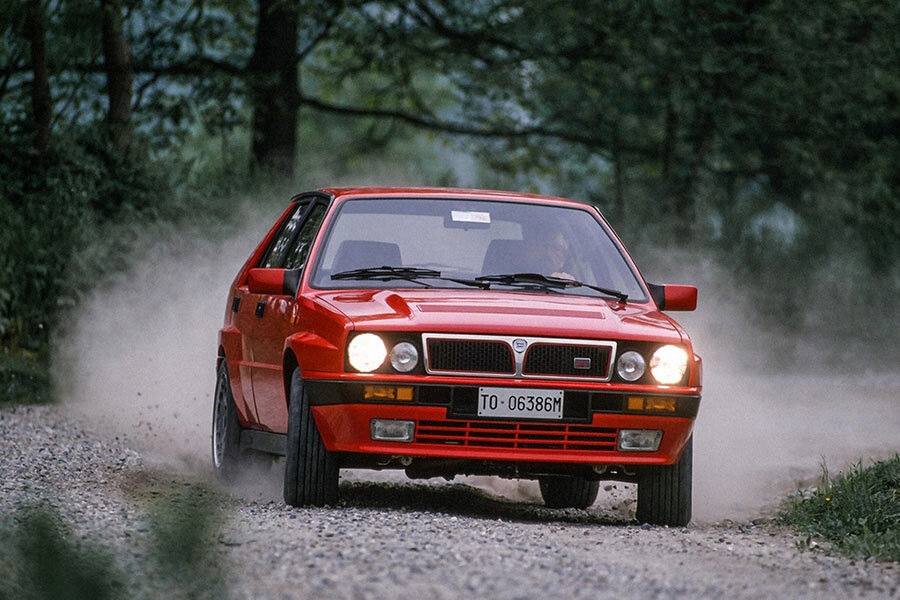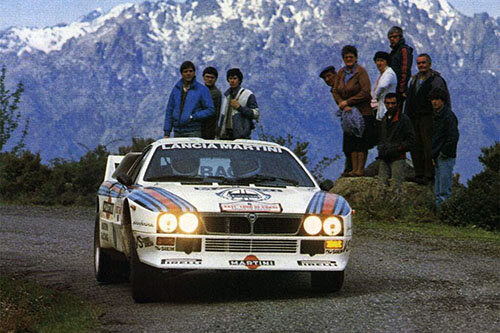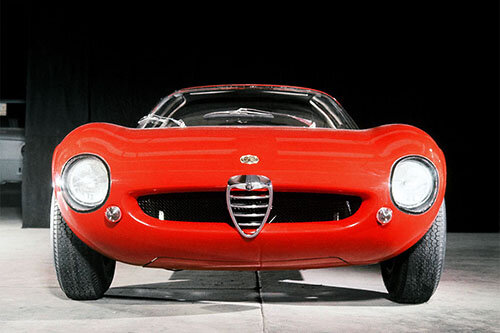Guide: Quattrovalvole! - a Historical & Technical Appraisal of the Lancia Delta HF Integrale 16v
Background
Between 1987 and late 1989, the Delta HF Turbo 4WD and its successor, the HF Integrale, cleaned up on the World and European rally stage.
Going into the 1990 season, Lancia were obviously keen to retain their number one status but Japan’s growing contingent of representatives (Toyota, Mitsubishi and Mazda) were beginning to find form.
Unlike Group A circuit racing where runs of 500 Evolution derivatives could homologate new competition parts, rally regulations stipulated 5000 cars had to be produced every time. This was obviously a major undertaking for any manufacturer.
Lancia had already built one batch of homologation specials (the eight valve Integrale) and, in May 1989, they announced their second with a revised 16-valve iteration.
Engine & Gearbox
A variety of upgrades were made to this latest Integrale but most significant was its new four valve cylinder head. The 16-valve engine was also equipped with a more responsive Garrett T3 turbo plus larger injectors, better intercooling and a new overboost system to increase torque.
Displacement of the Aurelio Lampredi-designed DOHC unit was unchanged at 1995cc, as was the 8.0:1 compression ratio.
Power output rose from 185bhp at 5000rpm to 200bhp at 5500rpm. The torque rating went from 224lb-ft at 3500rpm to 220lb ft at 3000rpm.
Lancia’s five-speed gearbox, its ratios and the single dry plate clutch were imported from the outgoing model.
Chassis
For the first time, more drive was sent to the rear wheels than front. The torque split was changed from 56% / 44% to 47% / 53%.
An updated dual circuit brake system improved stability as did wider 15-inch diameter wheels (increased from 6.5-inches to 7-inches).
As usual, the steel unitary bodyshell was equipped with coil sprung independent suspension via MacPherson struts at the front and double transverse arms at the rear. Hydraulic shocks were installed along with anti-roll bars at each end.
Bodywork
Although the Delta had been launched way back in 1979, the rally upgrades added to Giorgetto Giugiaro’s original design had given the model a new lease of life.
As expected, this latest homologation special featured a couple of minor visual alterations but nothing too drastic.
In order to accommodate the 16-valve engine, a prominent power bulge was added to the hood which made it instantly identifiable from earlier derivatives.
Otherwise, the only cosmetic change was the new badges fitted to the nose, tailgate and sills.
Interior
Internally, nothing was changed and the Integrale used the same dash, instrumentation and switchgear as its predecessor.
The seats were trimmed in grey fabric with multi-coloured velour centres to match the door panels.
The black plastic dash featured an integrated binnacle directly behind the three-spoke steering wheel. It housed a large speedometer and rev counter, in between which were a series of warning lights and smaller read outs for turbo boost, battery amps, fuel and water temperature.
An additional pair of smaller gauges (for oil pressure and oil temperature) were housed at the top of the central control panel along with a schematic warning light display. The rest of the switchgear and the audio system was located just below.
Electric windows were standard at the front but not at the rear.
Options
Although the options list was not extensive, buyers could enhance their cars with four channel Bosch ABS, a full leather interior, electric sunroof and air conditioning.
Weight / Performance
Weight rose slightly compared to the outgoing eight-valve Integrale; an extra 25kg took the total up to 1292kg.
However, Lancia’s various mechanical improvements resulted in better handling and substantially quicker acceleration figures. The 0-62mph time dropped from 6.4 to 6 seconds dead while top speed rose from 133mph to 137mph.
German & Swiss Versions
Unfortunately for German and Swiss customers, Lancia didn’t offer the 16-valve engine in catalysed form which meant cars destined for those markets had to be fitted with 181bhp eight-valve units.
Production
Production figures for the 16-valve Integrale totalled 12,860 units.
A further 2700 were built using the catalysed 8-valve engine.
Competition History
Homologation for the 16-valve Integrale was approved in time for the model to make its debut on the Sanremo Rally in October 1989. This was round eleven of 13 and Lancia’s final appearance of the year as the Martini-backed works team had already wrapped up both the Manufacturer and Driver titles.
The new 16-valve cars wore a striking one-off livery in Sanremo that saw the traditional white colour scheme switched to red. Miki Biasion took victory first time out in the new car while team-mate Didier Auriol crashed and retired.
The 16-valve Integrale’s dream start continued with a strong performance in 1990. Lancia reverted to their traditional white livery and the Martini-backed works team won half of that year’s rallies. Toyota were an emerging force though and their Celica GT-Four won on five occasions.
Lancia won the Manufacturer’s Championship by a mere six points but, for the first time since 1986, the Driver’s title went elsewhere. Toyota’s Carlos Sainz emerged as the victor with Lancia drivers Didier Auriol and Juha Kankkunen forced to settle for second and third respectively.
1991 then got off to a poor start with Toyota notching up three wins to Lancia’s one in the first five events.
Against the odds, Lancia recovered to eventually take six WRC wins that year and, at the season finale in Great Britain, they secured the Manufacturer’s title for the fifth successive occasion.
Juha Kankkunen also reclaimed the Driver’s championship from Toyota’s Carlos Sainz who placed second.
Despite the increased speed and reliability shown by the competition, Lancia were confident of repeating their championship winning form in 1992. Up their sleeve was one last big development: the Integrale Evoluzione.
Text copyright: Supercar Nostalgia
Photo copyright: Lancia - https://www.lancia.com





































